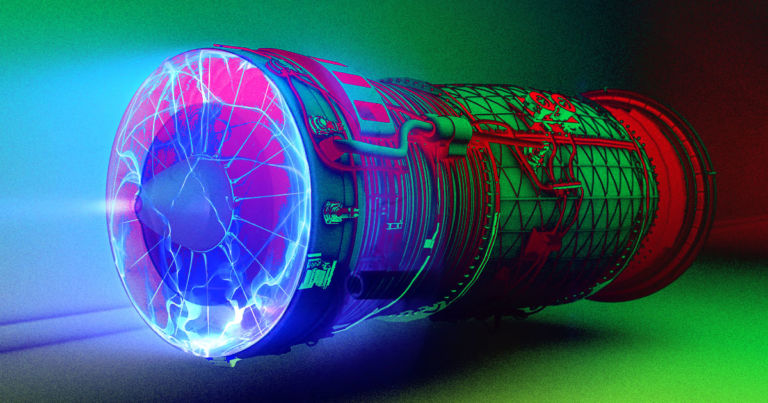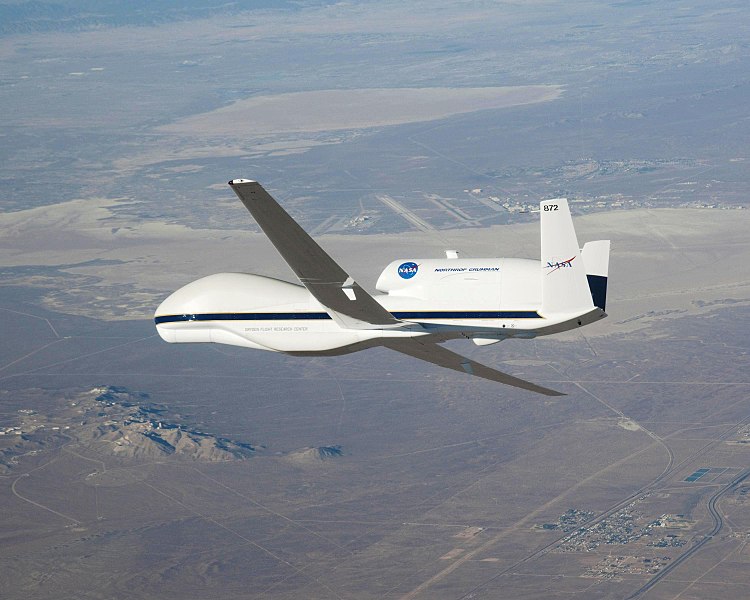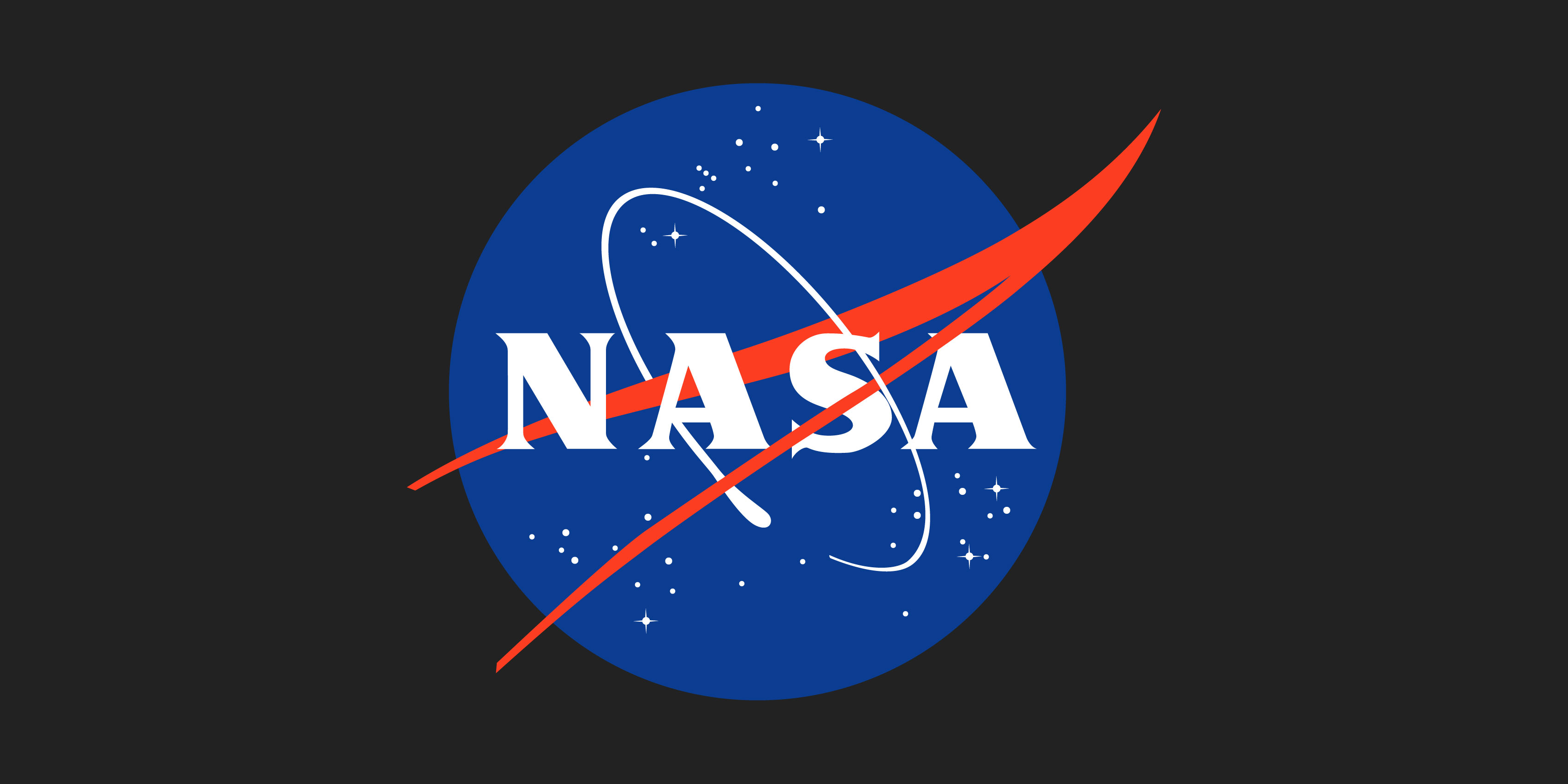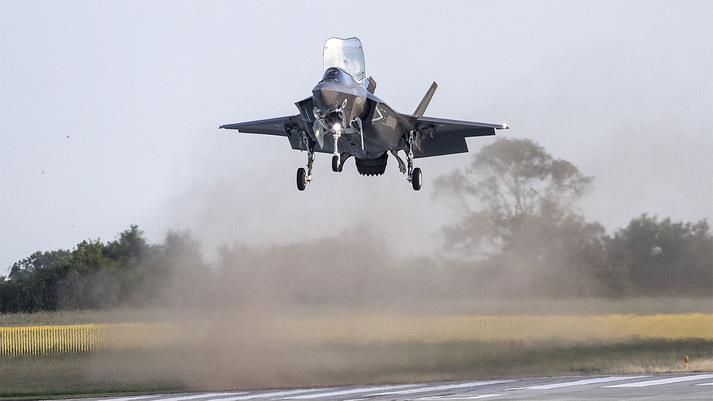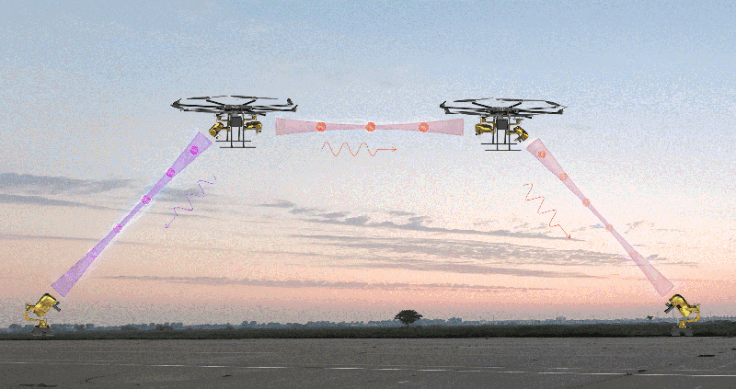Quantum Entanglement Drones
Quantum Entanglement Drones: We are now on the verge of the dawn of a new age. Technological development and scientific studies do not slow down. We have a lot of data to move forward. Drones are one of the leading inventions that are at the forefront of the subject and the technologies that shape our future. Now, drones have begun to be used for the development of quantum technology. One of the
drones' new missions was the transmission of a quantum signal in a one kilometer orbit. It also successfully completed this. Two different drones were used in the experiment. Their task would be to produce and distribute photon pairs in structures belonging to quantum communication systems. The trial was successful. Quantum Entanglement Drones were once again tested, and this communication was groundbreaking according to scientists.
Broadcast waves from cell phones, radio stations and Wi-Fi centers are full of information. These waves can transmit quantum encrypted messages to our computers in the future.
The trial was made between two ground stations located 1 km from each other. Two different drones are used for this. With this experiment, it will be possible to establish a quantum network on our residential areas. The fact that drones are mobile will also allow us to reach a very flexible structure.
In an environment where communication is secure on the Internet and cyber attacks are experienced so intensely, data security becomes more and more important every passing minute. Especially the fact that bank employees now work from their homes makes data security incredibly important in this regard. Quantum communication system promises secure communication to the technology world.
What is Quantum Entanglement?
It is planned to use particles that have a quantum-mechanical relationship in the quantum communication system. Thanks to entangled photons, encrypted messages will be able to travel securely from one place to another.
One of the most widely used systems among the communication systems we are in is fiber optic infrastructures. However, in fiber optic cabling systems, most of the photons have scattering problems before they reach the target. In a sense, we have the trouble of encountering weak signals. Thanks to Quantum Entanglement and Drones, the first steps of a completely different era are before us.
A photon can be sent to the users with the structures consisting of quantum pairs, that is, quantum bits. The loss of entanglement of photons can also create a unique security advantage in terms of cybersecurity. In other words, communication will stop from time to time, which will reduce leakage to communication lines.
Just as the Chinese provided quantum communication in 2018, when quantum data is sent via the atmosphere, problems such as scattering will not be too much, data communication will be more effective. This trial in 2018 took place between China and Austria.
The current record in a fiber optic based quantum encryption is also a record of 421 km.
Ref:
https://journals.aps.org/prl/abstract/10.1103/PhysRevLett.121.190502
However, the disadvantage is that communication satellites are expensive for now and their adaptation to changing demands also puts the cost elements forward.
Small drones carrying optical equipment can also provide a flexible solution that can connect multiple users in a quantum network.
Scientists also inform that when communication is required, drones will be used depending on time and location and fixed base stations can be avoided. It is also a fact that existing communication systems also harm the ecosystem.
Studies on Quantum Communication systems continue in various parts of the world. We should also say that drones were used in these studies. In early 2020, Chinese scientists produced data using an 8-bladed drone.
One of the infrared photon pairs produced in this experiment was directed to a ground station named Alice and the other to another ground station named Bob.
The data of the incoming photons were also collected with a 26mm diameter telescope. We of course also state that the telescope is naturally a telescope with a photon detector.
Diffraction is the leading phenomenon that adversely affects data health in optical communication systems. If the aperture of the telescopes that collect them during the propagation of the photons and as a result of their progress is less than the aperture of the transmitted wave, it will reduce the chance of data collection. In order to eliminate this negativity, a gap of 200 meters between two stations was chosen.
The distance between the drones, that is, between Alice and Bob, was a total distance of 1 km, with the drones of 200 meters and the ground stations 400 meters. The main reason for using two different drones was to separate the stations from each other and to make the experiment more unique and to transfer the data to the other telescope by focusing it.
In the experiment, the Alice detector recorded about a quarter of the photons that came to it, while the Bob detector was recording about four percent of the photons sent to it.
The team performed a different version of the Bell's Inequality test by comparing the photon polarizations taken in Alice and Bob.
Let's talk a little bit about the Bell inequality test. It is a well-known physics experiment designed to test the theory of quantum mechanics in relation to Albert Einstein's concept of local realism.
The theorem is usually proven by considering a quantum system made up of two entangled qubits with original tests as was done on photons.
The most common examples relate to systems of particles circulating in spin or polarization. Quantum mechanics allows predictions of correlations that can be observed when the turns or polarizations of these two particles are measured in different directions.
Bell also demonstrated that if a local latent variable theory is applicable, these correlations must also meet certain constraints called Bell inequalities.
According to the results obtained in the experiment, it was confirmed that the photons were entangled. In other words, this experiment excited the whole scientific community in a way.
Now scientists are expanding the scale of the experiment and planning to experiment with multiple drone systems in much larger areas.
Going back to the initial costs of the system, quantum communication systems require special fiber networks or very expensive satellite connections. Considering that drones also add to the cost of these existing systems, it is a fact that there is a long way to go.
Martin Bohmann, a quantum information expert at the Austrian Academy of Sciences, states that one of the advantages of the drone system is that it can be communicated globally, not on the same line with the points to be contacted.
It points to the need to reduce photon transmission losses to make a multi-drone system competitive with other quantum network technologies, but believes such improvements are possible.
Hasan Ongan | Uzaktan Eğitim | Online | Konu Anlatımı | Soru Çözümü - Online Dersler Konu Anlatımları ve Soru Çözümleri Online Uzaktan Eğitim, Fizik, Matematik canlı ders, konu anlatımı, soru çözümü, video, pdf ve dersler.

hasanongan.com




